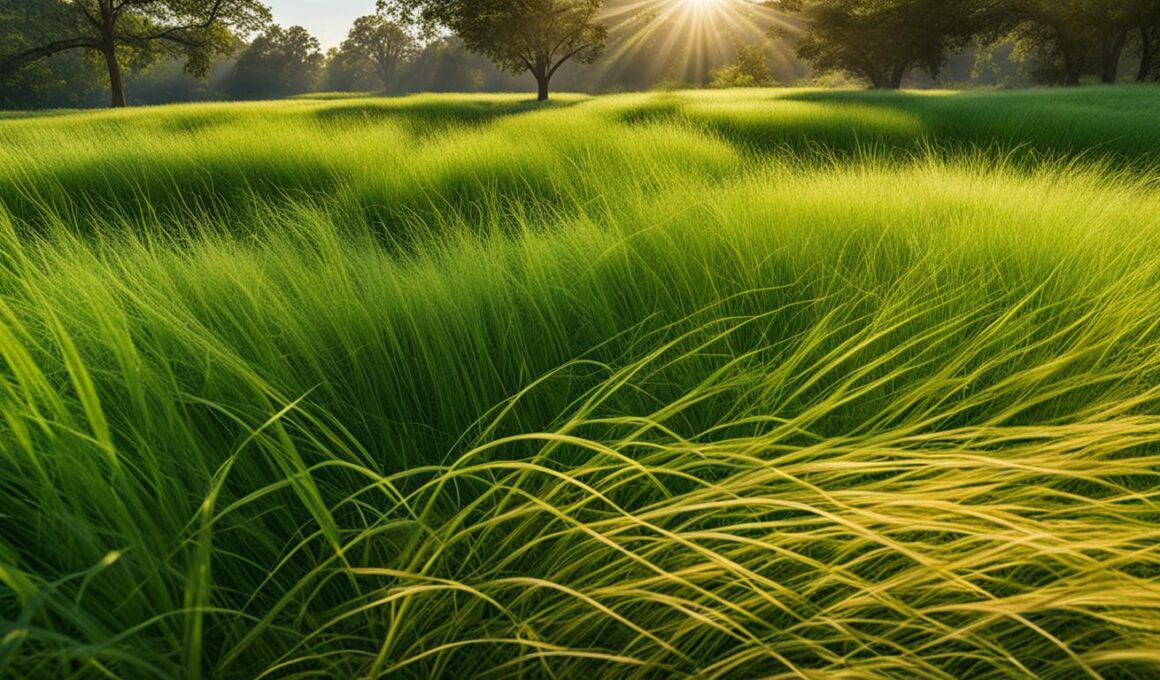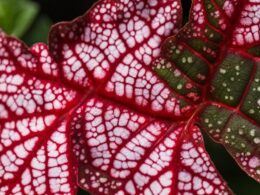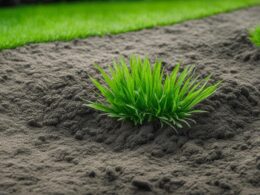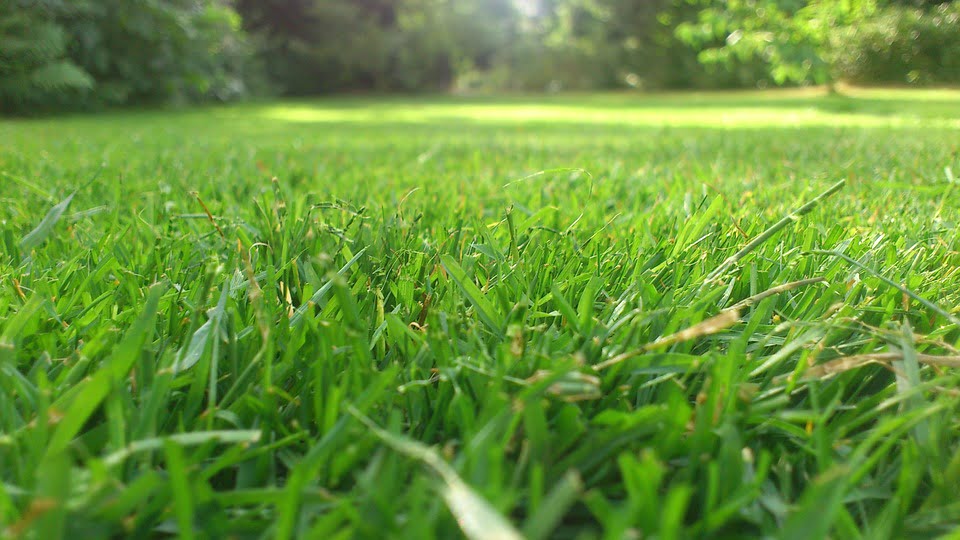When it comes to choosing the right grass for your lawn in Texas, it’s important to consider the local climate and soil conditions. In this section, we will explore the best grass types that are well-suited for the Texas climate. These grass varieties have been carefully selected for their ability to thrive in the hot and sometimes unpredictable weather conditions of the Lone Star State. We will discuss their characteristics, growth patterns, and maintenance requirements to help you make an informed decision for your lawn.
Let’s begin by looking at the different types of grasses that are commonly found in Texas. The Texas grass types include Bermuda grass, Zoysia grass, Kentucky bluegrass, centipedegrass, carpetgrass, buffalograss, St. Augustine, and rye grass. Each of these grasses has its own unique qualities and suitability for specific areas of Texas.
When it comes to the best grass for the Texas climate, Bermuda grass and Zoysia grass are two popular options. These grass varieties offer excellent durability and adaptability to the Texas weather conditions.
Bermuda Grass: Bermuda grass is one of the most popular grass types used in Texas due to its adaptability to different climates. It is available in various varieties, making it suitable for the state’s diverse weather conditions. Bermuda grass can thrive in sandy soils and can handle most types of soil found in Texas. It is known for its excellent drought tolerance and ability to withstand high temperatures. This grass type is commonly used for residential lawns in the Lewisville, Flower Mound, and Highland Village areas.
Zoysia Grass: Zoysia grass is a durable and versatile option for Texas homeowners. It grows well in a variety of soil types and can tolerate different sunlight conditions. Varieties like Zeon Zoysia and Palisades Zoysia are particularly suited for the hot weather and drought seasons in the South. Zoysia grass has a dense growth pattern, which makes it resistant to weeds and requires less frequent mowing. Its ability to tolerate both shade and direct sunlight makes it an ideal choice for lawns with varying sun exposure.
Choosing the right grass for your Texas lawn depends on various factors, including the local climate, soil type, and maintenance requirements. Consulting with a lawn care professional can help you determine the best grass type for your specific location and preferences. Remember that proper maintenance, including regular watering, fertilizing, and mowing, is essential to keep your lawn looking its best.
Zoysia: A Durable and Versatile Grass Option
Zoysia grass is a popular choice among Texas homeowners due to its durability and versatility. It is known for its ability to withstand the hot and sometimes unpredictable weather conditions in the Lone Star State. Whether you have diverse soil types or varying sunlight conditions in your lawn, Zoysia grass is a reliable option that can thrive in different environments.
Varieties:
- Zeon Zoysia: This variety of Zoysia grass is highly sought after for its exceptional heat and drought tolerance. It can handle the scorching temperatures and limited rainfall during the hot summer months in Texas.
- Palisades Zoysia: If you’re looking for a Zoysia grass variety that performs well in shady areas, Palisades Zoysia is a great choice. It can tolerate both shade and direct sunlight, making it suitable for lawns with varying sun exposure.
Dense Growth Pattern:
Zoysia grass has a dense growth pattern, which not only gives your lawn a lush and attractive appearance but also helps in weed control. The thick growth inhibits the growth of weeds, reducing the need for extensive weed maintenance.
Low Maintenance:
One of the key advantages of Zoysia grass is its low maintenance requirements. It has a slow growth rate, which means you won’t have to mow your lawn as frequently as with other grass types. This can save you time and effort, allowing you to enjoy your yard without constantly tending to it.
Adaptability:
Zoysia grass is well-suited for a variety of soil types, including clay, loam, and sandy soil. This makes it a versatile choice for homeowners with diverse soil conditions. Additionally, its tolerance to different sunlight conditions makes it an excellent option for lawns where some areas receive more sunlight than others.
Bermuda: Popular and Adaptable Grass for Texas
Bermuda grass is one of the most popular grass types used in Texas due to its adaptability to different climates. It is available in various varieties, making it suitable for the state’s diverse weather conditions.
When it comes to finding the perfect grass for your Texas lawn, Bermuda grass is a top choice. Whether you live in the scorching heat of Dallas or the milder climate of Austin, Bermuda grass can thrive and provide a beautiful, lush lawn.
One of the greatest advantages of Bermuda grass is its versatility when it comes to soil types. It can thrive in sandy soils, which are prevalent in many areas of Texas, making it an ideal choice for homeowners in regions like Lewisville, Flower Mound, and Highland Village.
Bermuda grass is known for its excellent drought tolerance, able to withstand the hot and dry summers that Texas often experiences. It can also handle high temperatures, making it a resilient option for lawns in the Lone Star State.
Whether you have sandy soil or live in a hot, arid climate, Bermuda grass is a reliable choice for your Texas lawn. Its adaptability, durability, and ability to thrive in various climates make it a popular grass type among homeowners.
When it comes to maintaining a Bermuda grass lawn, regular watering, fertilizing, and mowing are essential. With proper care, you can enjoy a vibrant and resilient lawn that will enhance the beauty of your home.
Next, let’s explore the different types of Bermuda grass available for your Texas lawn.
Is Zoysia Grass Suitable for Texas Climate and Soil?
Zoysia grass is suitable for Texas climate and soil, with certain types of Zoysia grass thriving in the hot and humid conditions. Varieties like Emerald, Palisades, and Zeon are known for their drought tolerance and resistance to pests and diseases, making them ideal choices for Texas lawns.
Conclusion
In conclusion, when selecting the ideal grass for your Texas lawn, it is crucial to consider several factors, including the local climate, soil type, and maintenance requirements. For optimal results, two grass options stand out: Zoysia and Bermuda grass. These varieties offer exceptional durability and adaptability to the challenging Texas weather conditions.
While Zoysia and Bermuda grass are popular choices, it’s worth noting that other grass types, such as Kentucky bluegrass, centipedegrass, carpetgrass, buffalograss, St. Augustine, and rye grass, each possess unique characteristics and are suitable for specific regions in Texas.
To ensure you make the right choice, it is advisable to seek the guidance of a professional lawn care service provider. They can assess your location and preferences and recommend the best grass type that suits your specific needs.
Remember, maintaining your lawn’s beauty requires regular watering, fertilizing, and mowing. By following these practices diligently, you can keep your Texas lawn looking its best all year round.









